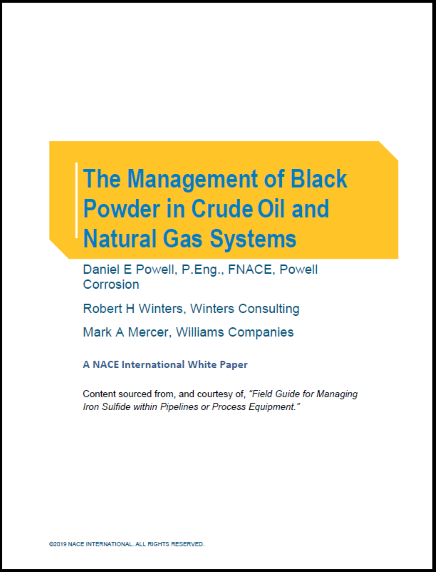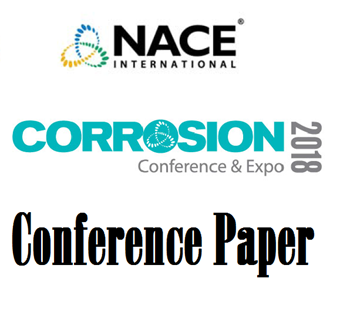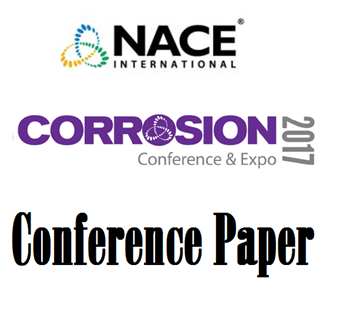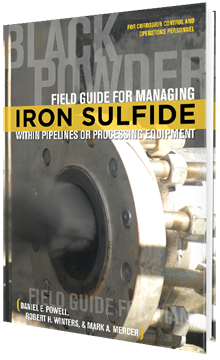Products tagged with 'iron sulfide'
51318-11538-Scaling-resistant coatings for high temperature sour gas service
Chelating Agents for Iron Sulfide Scale Removal at 300°F (149°C)
Corrosion and Corrosion Products in a Sour Environment from 80°C to 200°C
Critical Review on Sulphide Scale Formation, Removal and Inhibition
Development Of Novel Iron Sulfide Control Model And Understanding Of Iron Sulfide Dispersant Mechanism
Evaluation of a Hydrophobic Coating Material for Downhole Application, Lab vs. Field Evaluation
Experimental Studies on the Stability of Highly Sour Corrosion Product Layers
Fe3O4, FeCO3 or FeS - Which Corrosion Product Will Prevail at High Temperature in CO2/H2S Environments?
Field Guide for Managing Iron Sulfide (Black Powder) within Pipelines or Processing Equipment (e-book)
The “Field Guide for Managing Iron Sulfide (Black Powder) within Pipelines or Processing Equipment” offers practical guidance for corrosion control and operations personnel in managing black powder within their pipeline systems or processing equipment. It starts with a discussion of what is black powder and identifies health and safety considerations associated with H2S and the presence of black powder, identifying why there may be a concern. The Field Guide presents field and laboratory tests typically used to identify the presence of iron sulfide, and then discusses maintenance pigging and/or chemical treatments for removing such particulates. Several case studies are also presented.
2019 NACE E-Book

Download the free white paper summary of this title to see specific areas of focus and discussion












